US Returning To The Moon After 50 Years
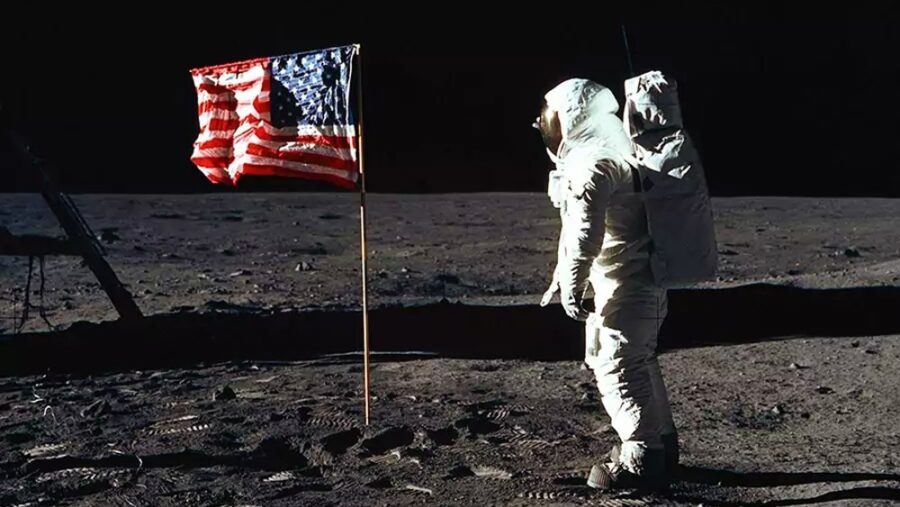
Phys.org reports that an unmanned spacecraft named Peregrine will be landing on the moon on January 25, 2024. Peregrine was developed by Astrobotic, a US-based company that’s part of NASA’s Commercial Lunar Payload Service (CLPS) initiative. Not only will Astrobotic be the first private company to successfully land on the moon if the mission goes according to plan, but the upcoming mission will mark the first time a US spacecraft has landed on the moon since NASA’s final Apollo mission in 1972.
Private Company Moon Landings
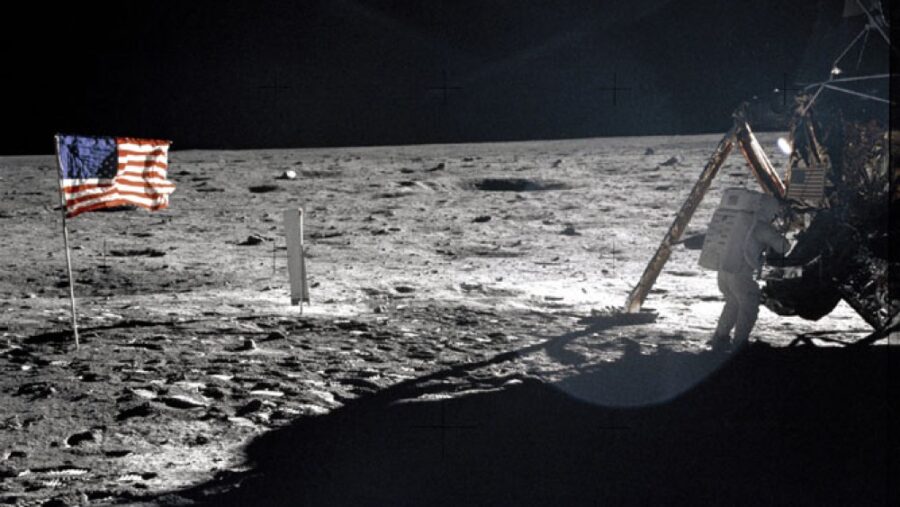
NASA’s CLPS program kicked off several years ago, and its sole purpose is to encourage private companies to land on the moon. Through the use of fixed-price contracts, the main goal of the program is to develop a lunar economy in which private companies can bring experiments and technology to the celestial body at a lower cost. By having spacecraft bring NASA equipment to the moon ahead of future NASA missions, the agency is basically giving itself a head start for future missions.
In other words, by leveraging the initiative and innovations of private companies like Astrobotic, Firefly, Aerospace, Draper, and Intuitive Machines, NASA hopes to successfully kick off a manned mission to the moon in 2025 through its Artemis program. These manned lunar missions will help NASA study the moon in ways that will allow them to eventually set their sights on Mars.
Why Unmanned Missions?
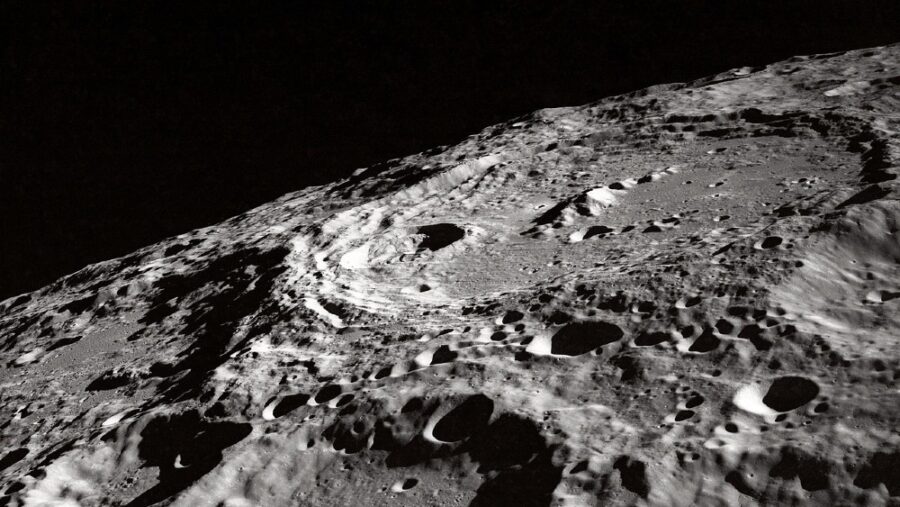
In the meantime, unmanned crafts like Peregrine will facilitate the process by bringing equipment to the moon ahead of the Artemis mission, which will help make subsequent missions more affordable for NASA. In addition to the Astrobotic mission, Intuitive Machines plans to take a trip to the moon with the support of a SpaceX rocket shortly after the Peregrine launch. If Astrobotic’s mission goes according to plan, they will be the first private company to successfully land on the moon. But this hasn’t been the first attempt that has been made by the private sector. Just this past spring, Japanese start-up ispace tried something similar, but their mission ended with a crash. Fortunately, ispace’s Hakuto spacecraft was also unmanned, so no astronauts were harmed during the ill-fated mission.
Risks Involved
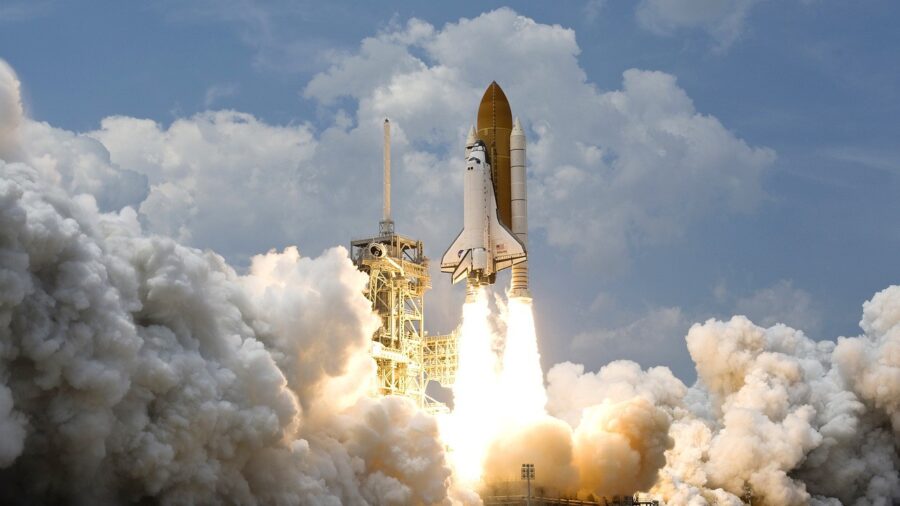
NASA is aware of the risks involved in sending private companies to the moon, and understands that not every mission will be successful. But CLPS program manager Chris Culbert has stated that the infrastructure for a sustainable lunar economy has already been established thanks to the program.
A Moon Base
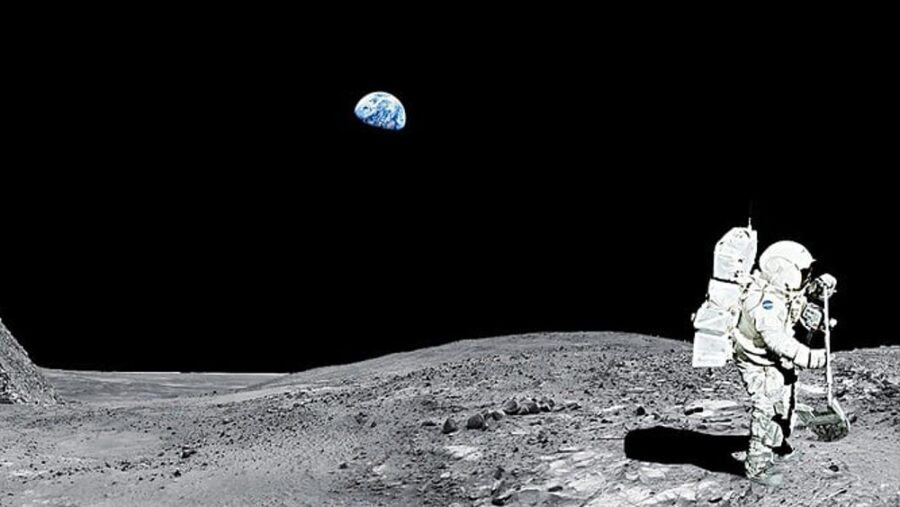
Though we’re years out, NASA’s long-term goal is to be able to establish a base on the surface of the moon. In doing so, they can learn from whatever experiments that are conducted on the moon’s surface, and develop the necessary technologies that are required to eventually spearhead a mission to Mars.
Why Wait 50 Years?

One of the main reasons that NASA hasn’t attempted to land on the moon for over 50 years is the astronomical cost involved with orchestrating such a mission. By outsourcing some of the legwork to the private sector, the upcoming missions, and subsequent missions thereafter will become more affordable.












